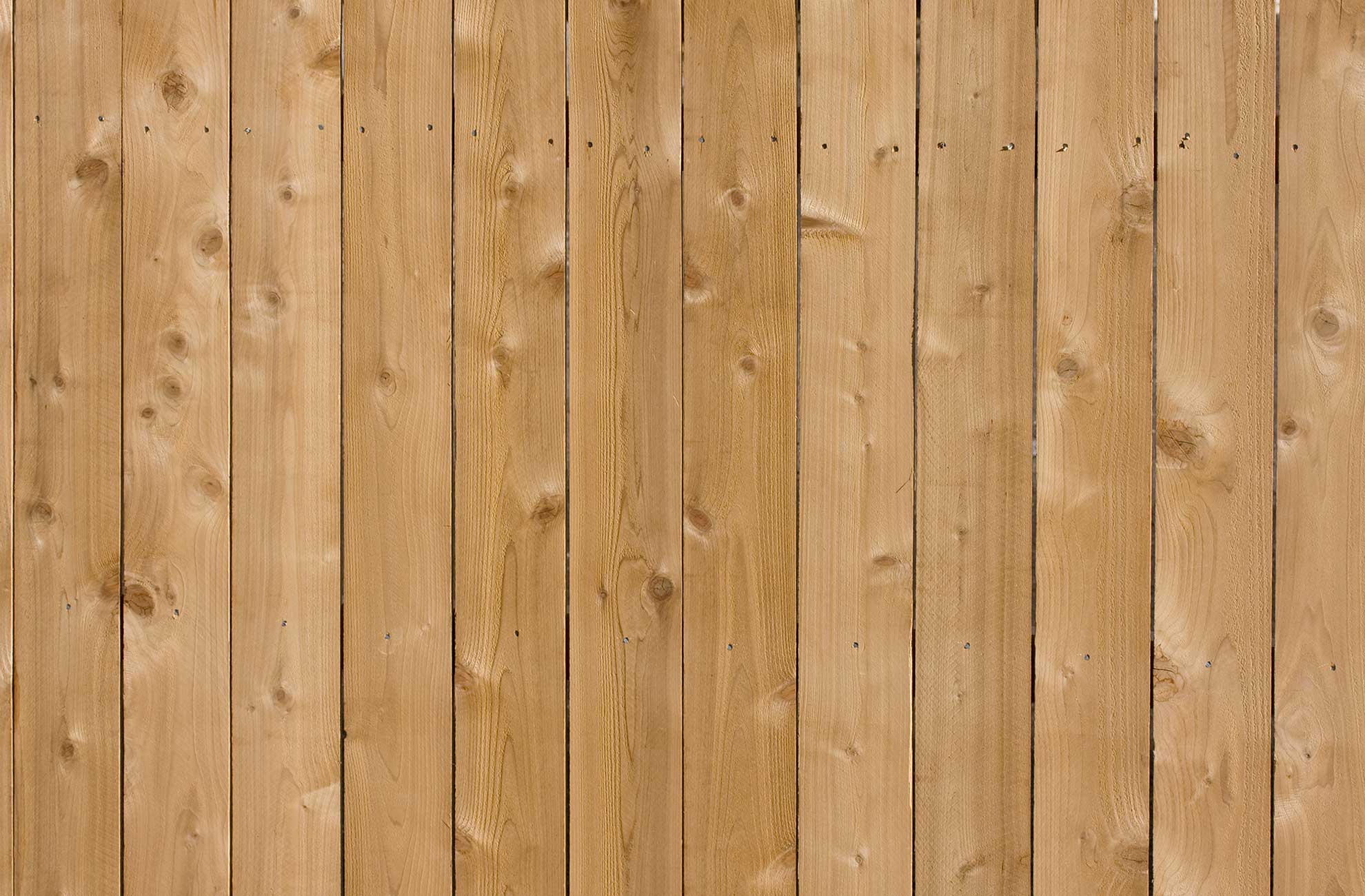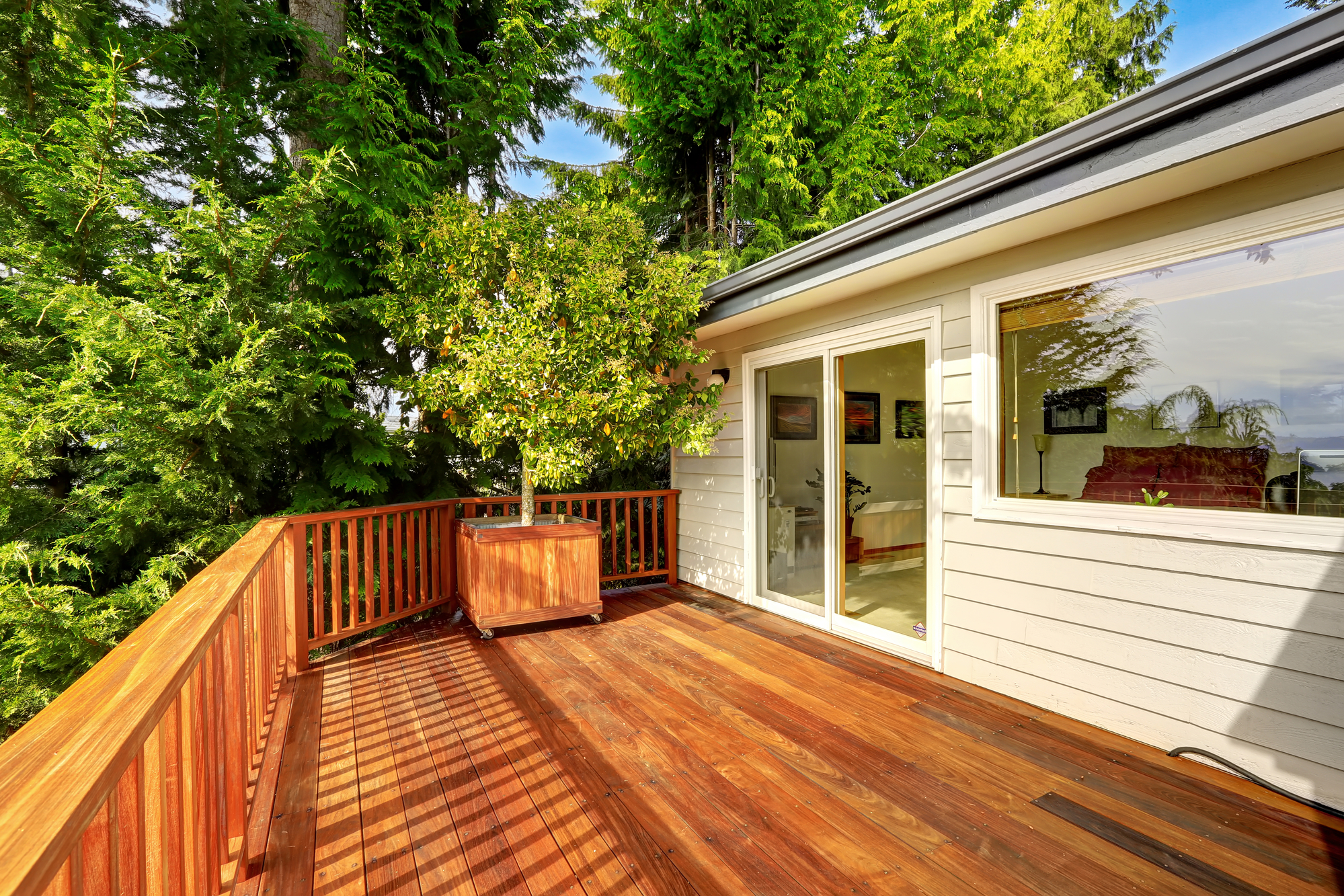
DECK PREP: Cleaning the Wood
All wood needs to be thoroughly cleaned before applying deck stain. If not cleaned you’ll have problems during application, with the deck’s final appearance, and/or in long-term durability. I’ve heard people wonder why you have to clean a new deck, when the wood already looks bright and ready to go. Others wonder why you need to clean the deck before application — the stain will just cover it up anyway, right?. The answers are simple.
A new deck will most likely have ‘mill scale’ embedded in it, which is the crushed grain accumulated during the milling process. These little bits and chunks of wood and dust may seem insignificant, but they can easily affect both the final texture of the deck (leaving the deck rough and gritty, rather than smooth) and the long-term durability of the deck (promoting peeling and UV penetration).
An existing deck, meanwhile, will have built-up wood fiber on the surface, caused by the sun beating down on the deck and killing/breaking down the fiber. This will prevent the new stain from adhering to the deck; it will adhere to the dead fiber on the surface, which will lead to peeling and cracking. In addition to the wood fiber, dirt and grime, food products and trash, mold and mildew, and other materials have built up over time (even if your deck looks clean). Remove all of this ‘gunk’ with a thorough cleaning and you’ll help your newly applied stain look brighter, penetrate the wood better, and last longer.
IN MOST CLEANING SITUATIONS
I recommend using a sodium percarbonate (oxygen bleach) wood cleaner. They are highly effective at cleaning the wood, but are environmentally friendly so they don’t harm plants, vegetation, your pets, or you.
FOR TOUGH SITUATIONS
When attacking tough stains on an existing deck, I recommend using a sodium-hydroxide-based wood stripper — NEVER a methylene-chloride based or other “paint” stripper. It works well and usually does the trick with one application. Be careful, though, as wood strippers are caustic. They can burn your skin and eyes, kill plants, and harm your pets. After applying a wood stripper, ALWAYS use an acid-based wood brightener to neutralize the stripper and prevent further danger.
If, after cleaning, you still have small spots of old stain or other material, sand them off with a palm-type sander once the deck has dried. Otherwise, these spots will show through the new finish and detract from the deck’s final appearance.



